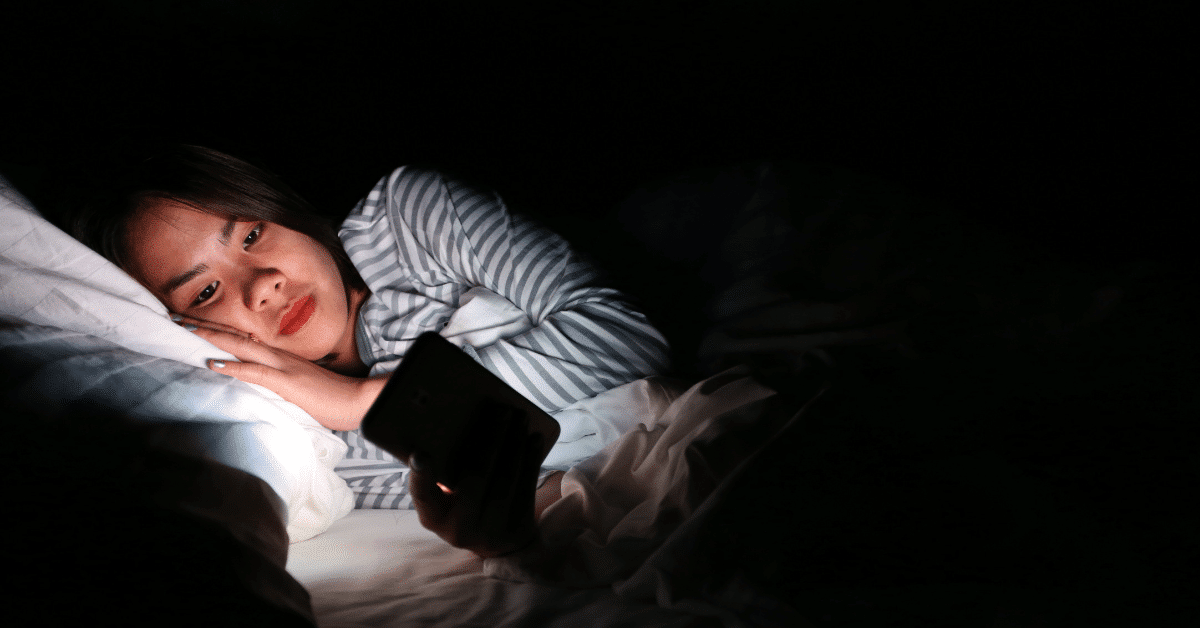Can Lack of Sleep Cause Eye Strain?
Eyestrain is a common condition caused by tired eyes.
It can result from driving long distances, looking at computer screens or other digital gadgets, etc.
Eyestrain can be bothersome.
According to National Center for Health Research, 2 in every 3 Americans suffer from digital eye strain.
The longer you strain your eyes, the more fatigued, dry, and foggy they may become.
Eye strain can result in ruptured blood vessels, leading to sleep deprivation.
Like the brain and body, the eyes rest as you sleep. Lack of sleep can result in eyes that are dry, itchy, or bloodshot.
After a night of little sleep, the eyes may produce fewer tears. This can lead to the development of eye infections.
You may have eye twitches or spasms when you do not get enough sleep. Your eyes may become more light-sensitive, or your vision may get fuzzy.
Over time, sleep deprivation may cause significant eye conditions such as Glaucoma.
What causes eye strain
Eye strain is a common condition that can result from various causes.
One of the most common causes is prolonged use of digital devices such as computers, smartphones, and tablets.
Other factors contributing to eye strain include reading in low light, not wearing the correct prescription glasses or contacts, exposure to bright light or glare, dry eye, and poor posture.
Eye strain can cause symptoms such as headaches, eye fatigue, blurred vision, and dry eyes.
Taking regular breaks from digital screens, adjusting lighting and screen settings, and maintaining good eye care habits are essential to prevent eye strain.
Also Read: If you want to know the symptoms of eye strain, go through Eye Strain Symptoms: Know the Signs.
Conclusion

We now understand the importance of sleep for our eyes. Therefore, developing a proper sleep cycle is essential.
Lack of sleep can cause eye strain. When we don’t get enough rest, our eyes become fatigued, and we may have difficulty focusing.
This can lead to symptoms such as dryness, itching, and discomfort.
Most adults need between 7 and 9 hours of sleep per night to function optimally, but individual sleep needs vary.
If you are experiencing persistent eye strain or other vision problems, it is important to consult with an eye doctor to rule out any underlying conditions.
Frequently Asked Questions
Does eye strain go away with sleep?
Eyestrain can be bothersome. In most cases, however, it is insignificant and disappears once you rest your eyes or take other measures to alleviate eye discomfort. In some instances, eyestrain symptoms may suggest a treatable underlying eye problem.
How do you stop eye strain from lack of sleep?
You can stop eye strain by practicing things like applying a warm washcloth and adjusting lights and device screens. You should also wear computer eyeglasses. Use tea bags over your eyes, and take a break from the screen.
How long can eye strain last?
Eye strain can last from a few minutes to several hours. It depends upon your last interaction with a digital device. In addition, it also depends on the individual and underlying cause. Take breaks and maintain good eye hygiene to avoid the condition.
Can anxiety cause eye strain?
High Adrenaline levels in the body can cause pressure on the eyes, making it hard to see when we are very stressed or worried. People who are anxious for a long time can often feel eye strain throughout the day.
WowRx uses only high-quality sources while writing our articles. Please read our content information policy to know more about how we keep our content reliable and trustworthy.






